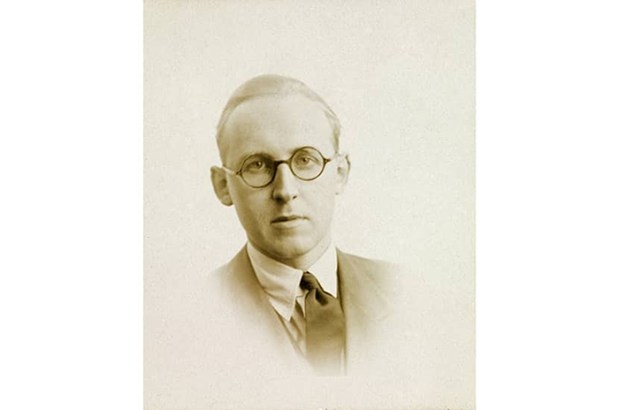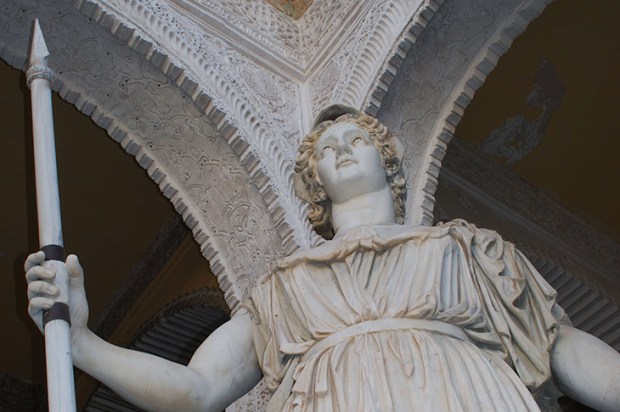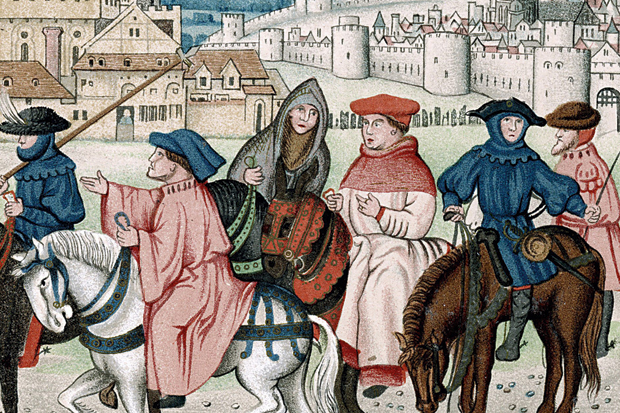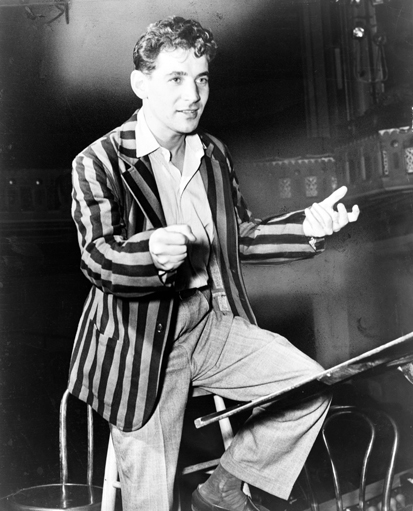Everyone loves an anniversary and the crossword world — if there is such a thing — has been waiting a long time for this one. December is the 100th anniversary of the publication of what is generally recognised as the first crossword — although back then it was called a ‘word cross’. It was set by Arthur Wynne and appeared in the New York World. The first solution to the first clue was ‘fun’ and it is perhaps no coincidence that Alan Connor begins his journey through the rich history of crosswords thus: ‘This is a book about having fun with words.’
It would take a stony-hearted reader to ignore such a siren’s call. But beware the rocky shores of crosswordland. All sorts of dangers await. Connor, for example, identifies the schism that exists between those who would and those who would not allow LINEAGE as a subsidiary indicator for EAGLE. For one school LINEAGE cannot be taken to mean ‘L in EAGE’ to give EAGLE. For others it can. It is merely a question of consent.
It is this relationship between setter and solver, between words and fun, which provides the narrative thrust for Two Girls, One on Each Knee (7). Connor subscribes to the general view in this country that there is something about cryptic crosswords that is uniquely British. It’s hard to prove — but hard also to disagree with. Perhaps it is to do with the idea of fairness and of consent. Afrit famously set the standard for fairness in crosswords when he wrote that a setter must say what he means though he may not necessarily mean what he says. ‘It is [the solver’s] fault if he takes it the wrong way, but it is [the setter’s] fault if he cannot logically take it the right way.’
John Grant, once editor of the Times crossword, put his finger on it when he said that setters are ‘entering a game in which the point is to lose gracefully’. And the game is played by consent. The Guardian’s premier setter, Araucaria, is more libertarian than most — he would allow L in EAGE — but he was well aware of the limits on setters when he wrote in 1978 that
though all things are lawful, all things are not expedient; and the compiler must keep within the reasonable expectations of his public or he will become unpopular — and the crossword is an art form (if it is one at all) which has no independent value apart from the esteem of that public.
Connor claims that in the UK 12 million people attempt a crossword every week. That’s a lot of people and plenty of esteem. And his book traces the stories that inevitably arise with verve and enthusiasm. Here we have chapters on crosswords and the news, crosswords and spies, crosswords and machines. And in between there are a wealth of stories, from Roy Dean’s remarkable solving of a Times crossword in 3 minutes 45 seconds, live on the Today programme, through to lessons in how to be rude in a crossword. Readers of Private Eye, even if they don’t solve the crossword, will have noticed Cyclops’ gloriously, improbably, irresistibly rude concoctions. The justification: his ‘relentless smut seems to place even more onus on the wordplay to stand up.’
There are also unlikely snippets. We know that the Queen likes a crossword, but who would have thought that Sepp Blatter has as his constant companion The Ultimate Crossword Book?
Connor’s advice to the would-be crossword solver, culled from John Sykes, is that it is often best to start with the clues for the bottom-right-hand corner of the grid. The theory is that crossword-setters start setting at the top-left-hand corner and by the time they get to the bottom-right they are likely to be tired and using simpler and less fiendish— a favourite word when discussing crosswords — techniques.
This may or may not be true, but the advice could as easily apply to Connor’s delightful book. There is a structure of sorts — it relates to a puzzle included in the book — and readers are invited to work it out. ‘The experience of reading this book’, Connor says in the preamble, ‘should be equivalent to that of solving a cryptic puzzle…’
In fact it is rather better; it does not demand as much of the reader as a good puzzle does of the solver, but it delivers far more of its own accord. It is witty, charming, encyclopaedic and highly readable — and it can be read in any order. Take a chapter or a paragraph, a puzzle or a clue. In each the reader will find something to intrigue and delight.
Got something to add? Join the discussion and comment below.
Get 10 issues for just $10
Subscribe to The Spectator Australia today for the next 10 magazine issues, plus full online access, for just $10.
Available from the Spectator Bookshop, £10.39. Tel: 08430 600033
You might disagree with half of it, but you’ll enjoy reading all of it. Try your first month for free, then just $2 a week for the remainder of your first year.














Comments
Don't miss out
Join the conversation with other Spectator Australia readers. Subscribe to leave a comment.
SUBSCRIBEAlready a subscriber? Log in